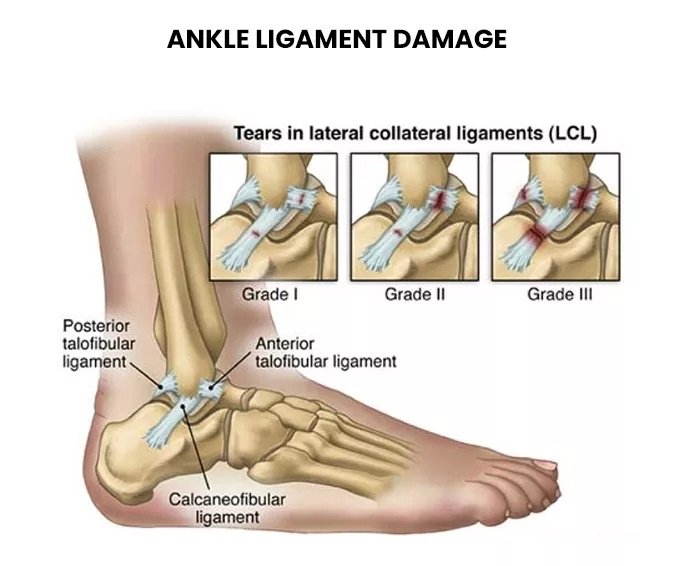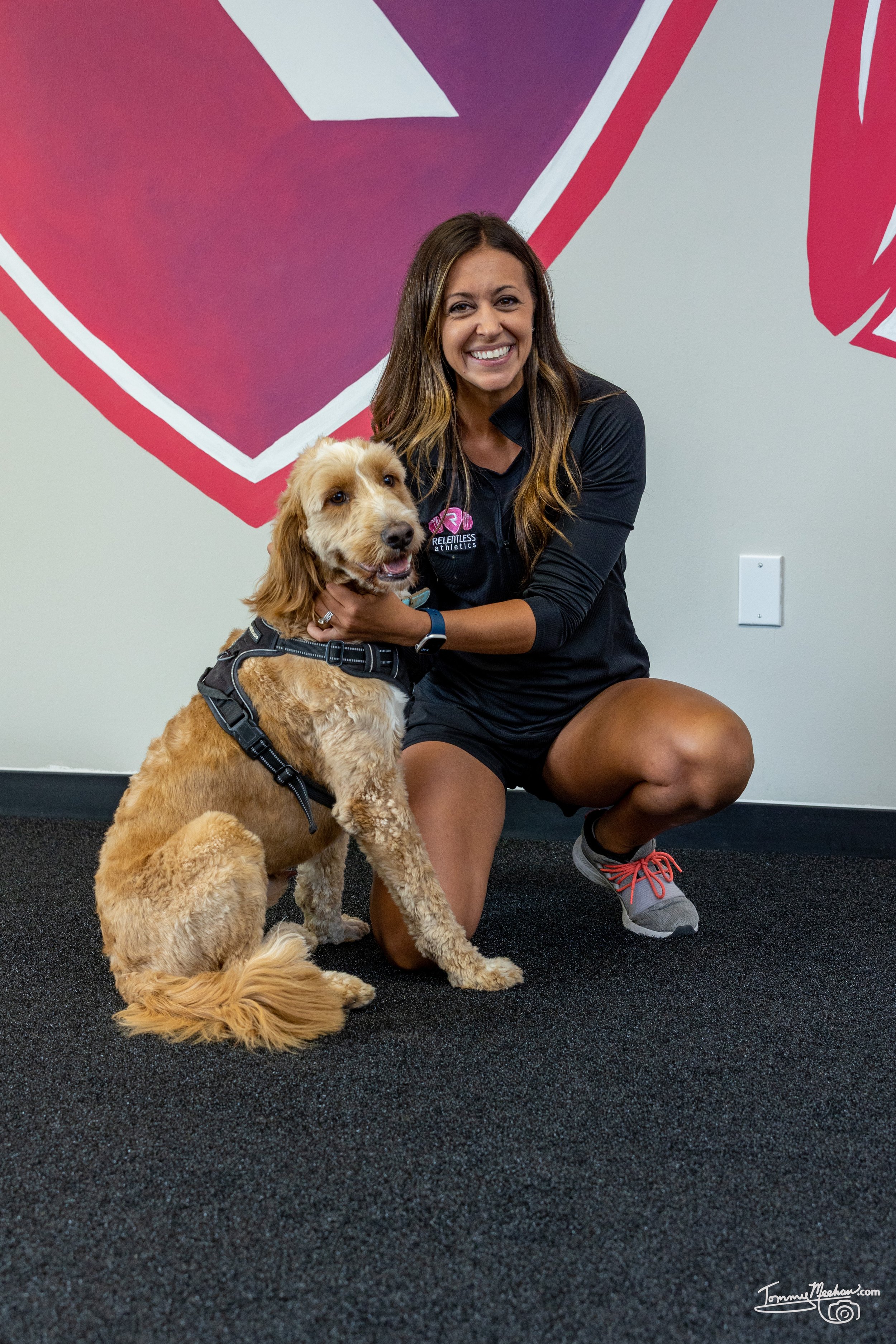Building Bulletproof Ankles in the Female Athlete
By Emily Neff (Pappas), Ph.D. student
The ankle is a complex joint, comprising ligaments, tendons, and muscles, provides both stability and mobility, but it's also susceptible to common sports-related injuries like ankle sprains.
To reduce injury isks, it's crucial to introduce exercises that build ankle stiffness into their training programs.
These movements aim to fortify the ankle's supportive framework, ultimately enhancing stability and reducing the likelihood of injuries, ensuring our female athletes can perform at their best and stay of the sidelines!
Ankle Anatomy
The ankle joint is a hinge joint, specifically known as a "talocrural joint." It's formed by the lower ends of two leg bones: the tibia (shinbone) and the fibula (outer calf bone), which articulate with the talus bone in the foot.
This joint primarily allows for dorsiflexion (lifting the foot towards the shin) and plantarflexion (pointing the foot away from the shin), which are fundamental movements in activities such as walking, running, jumping, and pivoting during sports.
Surrounding the ankle joint, you'll find several crucial ligaments, including the anterior talofibular ligament (ATFL), posterior talofibular ligament (PTFL), and calcaneofibular ligament (CFL).
These ligaments provide stability to the joint and play a significant role in preventing excessive inversion (rolling the ankle outward) and eversion (rolling the ankle inward) movements, which are common mechanisms for ankle injuries like sprains.
Reducing Risks for Ankle Sprains
Understanding and strengthening the ankle's supporting structures through targeted exercises in a progressively overloaded program is key to reducing the risk of these injuries and enhancing overall athletic performance and stability.
Check out these three movements we program for our athletes who need to build stability from the ground up!
All three movements are fundamental to the Relentless programming system, focusing on two aspects of lower limb stability: tissue endurance and durability in high-velocity movements across multiple planes of motion.
1. Single Leg Achillies hops
Higher volume = more time under tension to build ligament & tendon volume
Fast eccentric to concentric load = more specific to sport movements to allow for greater stability during high-velocity movements
Increase load across programs to improve durability at higher forces leading up to competitive seasons
2. Heel & Toe Farmer Carry Walks
Greater distance covered = improved endurance which is fundamental for athletes who often experience a lower limb injury in the second half of a game when muscles, tendons, and ligaments are fatigued
Increase Load = improve muscular endurance under higher levels of stress as you prepare for season
Lower eccentric loading makes this movement a prime candidate to continue during high volume seasons to maintain ankle health
3. Unilateral Lateral Hurdles
Bodyweight movement for faster stretch-shortening cycles = progression to continuous hops to build tissue ability to absorb forces FAST
Frontal plane to build stability specific to most common type of ankle sprains (lateral)
Progress with this movement across phases of program leading into a season through increased HEIGHT of hurdles or carrying a load and maintaining speed of hop
Learn more about injury risk reduction for female athletes here:
Preventing Overuse Injuries
Protecting Your Daughter from ACL Injuries
How Sleep Affects Performance and Injury Risks
Interested in our sports injury rehab program specific for getting the female athlete back to the field STRONGER than before? Learn more HERE
ABOUT THE AUTHOR
In 2015 Emily opened Relentless Athletics to build a community for female athletes while educating their parents and coaches on the necessity of strength training and sports nutrition to optimize sports performance and reduce injury risks in the female athlete population.
Emily holds a M.S. in Exercise Physiology from Temple University and a B.S. in Biological Sciences from Drexel University. She is currently pursuing her Ph.D. at Concordia University St. Paul with a research focus on female athletes & the relationship between strength training frequency, ACL injury rates, and menstrual cycle irregularities (RED-s). Through this education, Emily values her ability to coach athletes and develop strength coaches with a perspective that is grounded in biochemistry and human physiology.
When she isn’t on the coaching floor or working in her office, she is at home with her husband Jarrod and their daughter Maya Rose, and, of course, their dog Milo (who has become the mascot of Relentless)!!












